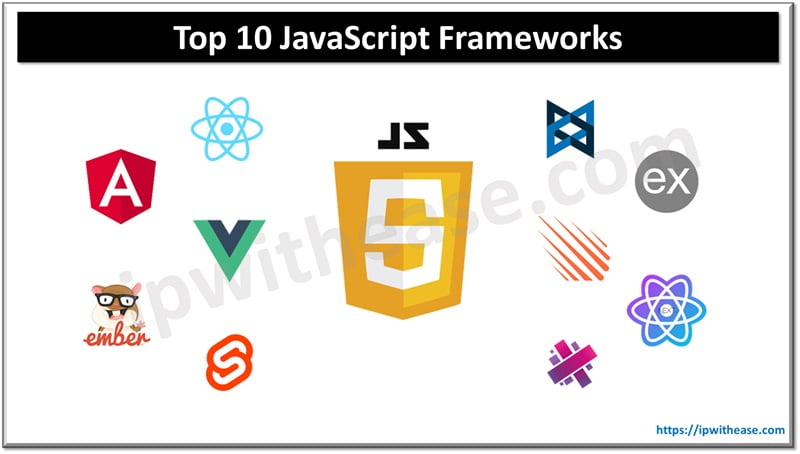Introduction to Network Operating System (NOS)
Operating system (OS) is the prime software the makes use of the resources of hardware in a system. This traditional definition can no longer be used, as the recent development in science and information technology lead to the creation of new definitions and different types of OS. There are hybrid OS, batch OS, Multitasking OS, Multiprocessing OS, Network OS, and many more.
In this article, you will get to know clearly about one of them – the Network Operating System.
What is Network Operating System (NOS)?
Network Operating System is an Operating system that helps different computers to connect. Here each computer will have its memory, hardware and may run on different operating systems. These independent computers are capable to process and undertake the functions of a single user.
In short, Network Operating System helps multiple anonymous independent computers to network and communicate between them.
Usually, these Network Operating System (NOS) are runnel on large and powerful computers with more hardware resources. This computer act as a server that connects and manages the data from a different independent system. This helps in sharing the resources and among a group of computers.
It helps to share the tasks between the computers connected to the network. You can easily assign tasks, communicate, and securely access different workstations. Some of the famous Network Operating System is Novel Netware, Microsoft Windows Server, UNIX, and Linux.
Features of Network Operating System (NOS):
Here are the primary features that every Network Operating System will have –
- It has basic operating system features like protocol support, hardware detection, multiprocessing for application, processor support, etc…
- It has high-security features like authorization of users, restrictions on shared data, hardware authentication, etc…
- Printers and other electrical applications can be shared between the networks of computers.
- It allows the user to use their backup database and web services.
- It helps in internetworking through routing and WAN ports.
- It allows every user to create their user account and manage user logging in ad logging out.
Types of Network Operating System (NOS):
There are two types of Network Operating System. They are as follow:
1.Peer-to-Peer:
Peer-to-peer network operating systems allow users to share the memory, data, files located on their computers with others and also grant access to the data and resources available with other computers. Here all the independent computers (Users) are considered the same all of them have an equal level of access and right in the shared network.
This type of Networking is mostly practiced in the small and medium Local Area Network (LAN) in the workplace. This allows them to share, assign, and work on the tasks. Windows for the workplace is the best example of a Peer-to-Peer network operating system.
Advantages of Peer-to-peer Network Operating System
- Easy to install and setup and the setup cost is also low.
- Fewer requirements for advanced hardware and software.
- The sharing process is quick, easy, and secure.
Disadvantages of Peer-to-Peer network Operating System
- It has no centralized memory storage. Each system has its memory and storage capacity.
- It less secure compared to the client-server Network Operating System.
- It does not have backup functionalities.
2. Client-Server Operating System
In this type, Network Operating System runs on a server machine that is connected with multiple client computers. A server is a large form computer will unlimited resources. This server acts as the centralized hub for all the client computers. The client computer will request the information or access, then the server machine will reply by providing the requested service.
The client computer will have memory, resources, and a separate normal Operating system to process, however, if large calculations or processing is needed it is done in the client-server. It is the most used Network Operating System type in today’s modern world.
Advantages of Client-Server Network Operating System
- It has centralized control, memory, and management.
- It is more reliable than the Peer-to-Peer.
- It has backup functionalities to restore the last data.
- The shared resources can be accessed at the same time by multiple clients.
Disadvantages of Client-Server Network Operating System
- The setup cost is very high, not affordable for small firms.
- There is a need for an administrator to administer the network.
- Network failure and a huge amount of client requests may affect the process.
Continue Reading:
What is Distributed Operating System (DOS) ?
What is Open Source Operating system?
ABOUT THE AUTHOR

You can learn more about her on her linkedin profile – Rashmi Bhardwaj




